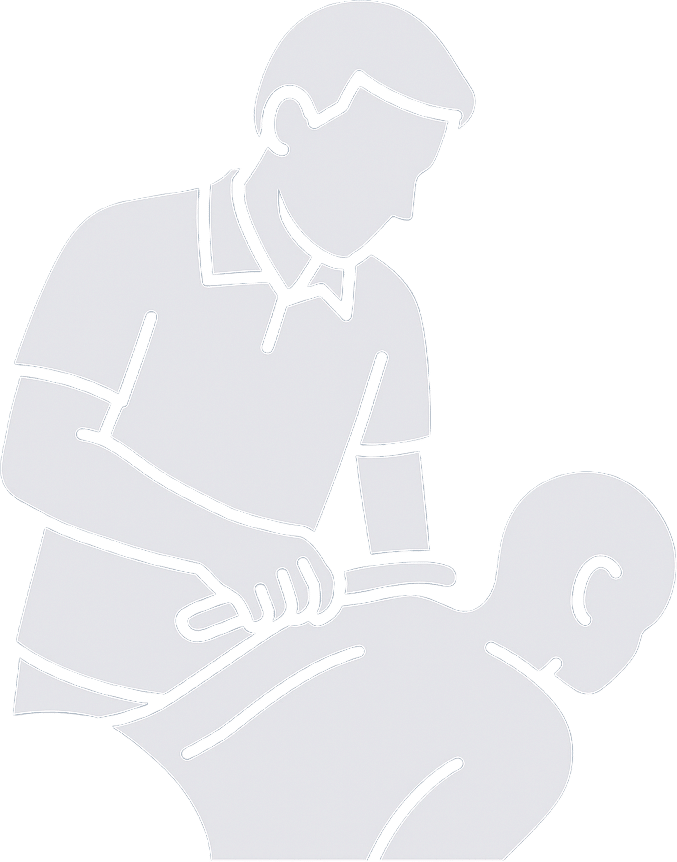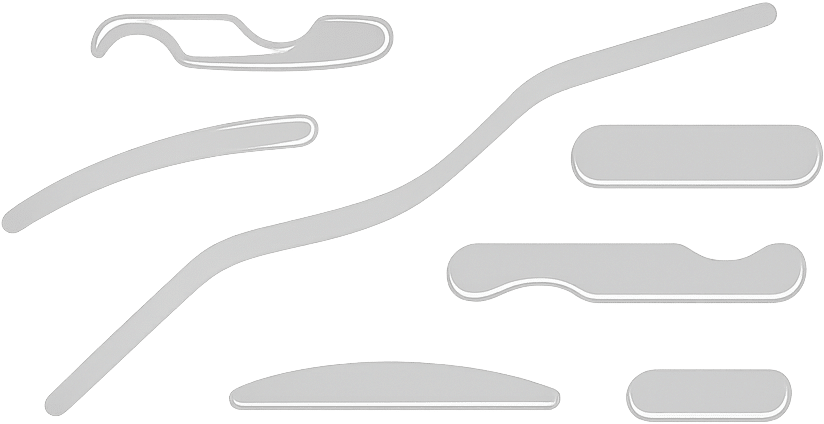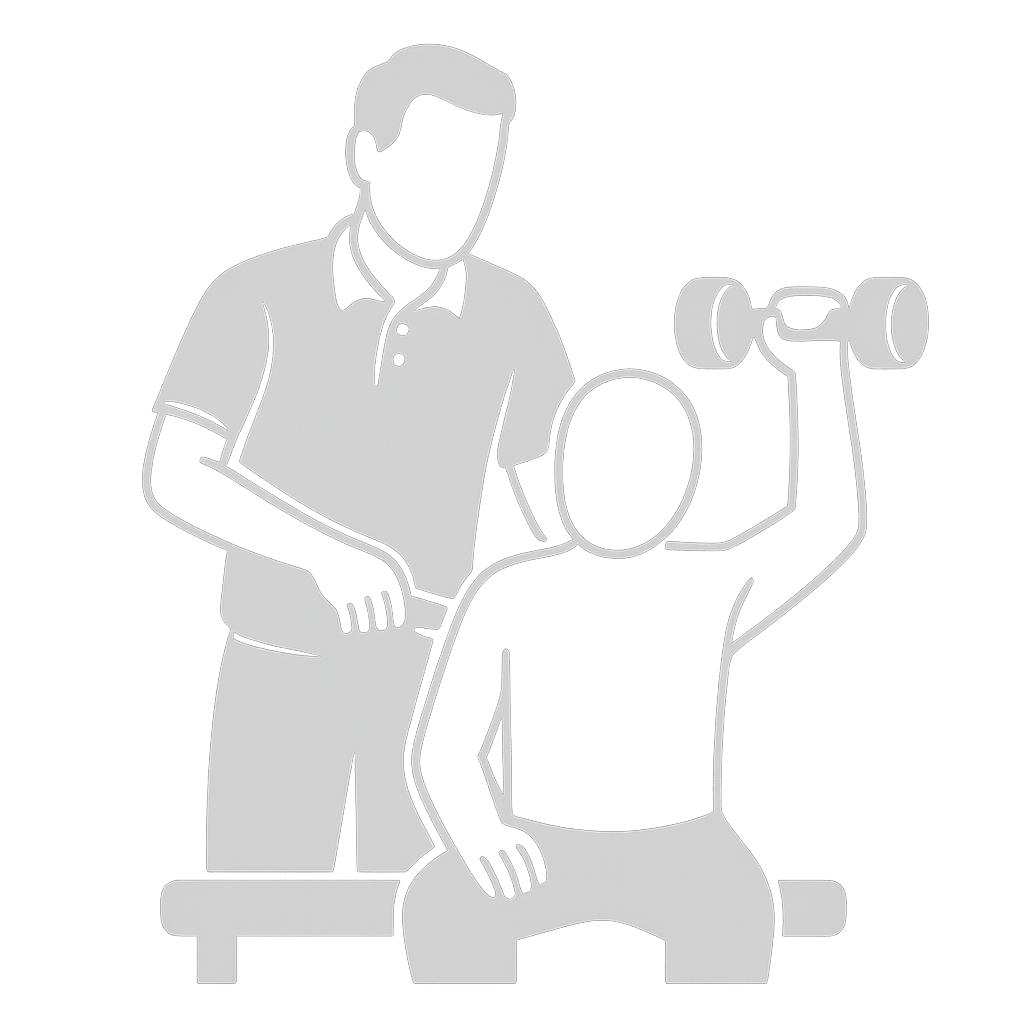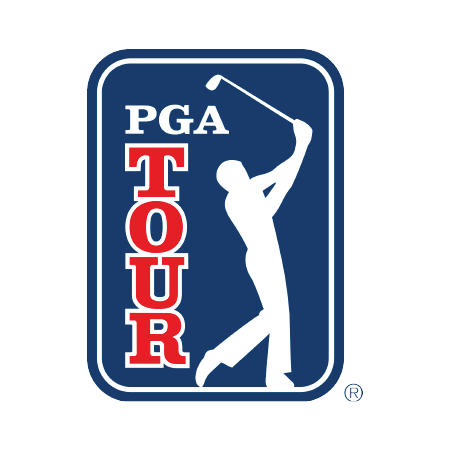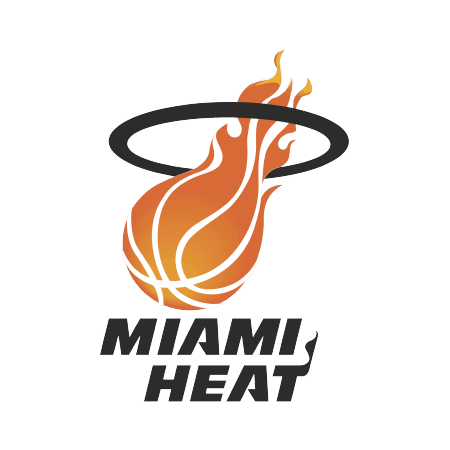Master the Graston Technique®
Evidence-based training, CEUs, instruments & technique education for clinicians.Find What You’re Looking For
Join Our Free Webinar & Earn CEU’s
Activate Your Body’s Powerhouse: The Gluteus Maximus
Training, Your Way:Flexible Training for Busy Clinicians
Tailored CEU Pathways for Today’s Clinicians
At Graston Technique, every clinician’s schedule and learning style is unique. That’s why we offer three CEU delivery modes—Self-Paced, Virtual, and In-Person—so you can advance your skills around your clinic hours, collaborate live with experts, or get hands-on feedback.
Key Benefits:
Ultimate Flexibility: Choose when and where you study.
Expert Guidance: Learn from master instructors, online or face-to-face.
Real-World Practice: Practice techniques on authentic case models.
Immediate CEUs: Earn credits as you complete modules or workshops.
Self-Paced Graston Training
On-Demand Flexibility
Access our complete library of expert video lessons, quizzes, and downloadable resources—anytime, anywhere.
24/7 access to every module
Interactive quizzes to reinforce key concepts
Downloadable slides & quick-reference guides
Certificate of completion emailed immediately
Virtual Online Graston Training
Live, Instructor-Led Training
Join small online cohorts for real-time demos, hands-on practice, and live Q&A with a master instructor.
Scheduled sessions you can plan around
Multi-camera setups for close-up technique views
Breakout rooms for guided skill practice
Earn CEUs in a collaborative, interactive environment
In-Person Graston Training
Hands-On Workshops
Step into one of our dedicated training centers for immersive, face-to-face instruction and peer networking.
Multi-day sessions with low instructor-to-student ratios
Live instrument practice on authentic case models
Immediate, personalized feedback to perfect your technique
Networking opportunities with fellow clinicians
CEU Short Courses
Welcome to our Short Courses – a curated series of webinars designed to not only inform but also transform your understanding of soft tissue therapy. As we constantly evolve in the world of health and wellness, staying updated is not just an option but a necessity. Here’s how our Educational Short Courses can serve as your compass in this ever-expanding universe of knowledge.

Chronic Neck and Back Pain
What It Is:
Ongoing pain caused by soft tissue injuries, postural imbalances, or repetitive strain.
How GT Helps:
By addressing muscle imbalances and soft tissue restrictions, Graston Technique alleviates pain and improves posture and movement patterns.
Shoulder Injuries
Examples: Rotator Cuff Tendinitis, Frozen Shoulder (Adhesive Capsulitis)
How GT Helps:
GT instruments help break up adhesions and scar tissue in the shoulder area, increasing range of motion and reducing pain during movement.
Tendinopathies
Examples: Tennis Elbow (Lateral Epicondylitis), Golfer's Elbow (Medial Epicondylitis), Achilles Tendinitis
How GT Helps:
Graston Technique uses specialized instruments to break down scar tissue, stimulate collagen synthesis, and reduce inflammation, accelerating recovery from chronic and acute tendinopathies.
Patellofemoral Pain Syndrome (Runner’s Knee)
What It Is:
Pain around the kneecap often caused by overuse or misalignment.
How GT Helps:
Graston Technique reduces inflammation and promotes tissue healing, enabling athletes to return to their activities faster.
Tendinopathies
Examples: Tennis Elbow (Lateral Epicondylitis), Golfer's Elbow (Medial Epicondylitis), Achilles Tendinitis
How GT Helps:
Graston Technique uses specialized instruments to break down scar tissue, stimulate collagen synthesis, and reduce inflammation, accelerating recovery from chronic and acute tendinopathies.
Carpal Tunnel Syndrome
What It Is:
A condition caused by compression of the median nerve, leading to pain, numbness, and tingling in the hand and wrist.
How GT Helps:
GT tools can reduce soft tissue restrictions and inflammation around the carpal tunnel, improving nerve function and reducing symptoms.
Plantar Fascitis
What It Is:
A painful condition caused by inflammation of the plantar fascia, the tissue connecting the heel to the toes.
How GT Helps:
Graston Technique helps improve blood flow, reduce scar tissue, and restore mobility, alleviating pain in the heel and arch of the foot.
Trigger Finger
What It Is:
A condition where a finger gets stuck in a bent position due to inflammation in the tendon sheath.
How GT Helps:
Graston Technique improves flexibility and reduces inflammation in the affected tendon, restoring smooth finger movement.
IT Band Syndrome (Iliotibial Band Syndrome)
What It Is:
Pain along the outer thigh caused by friction or overuse of the IT band.
How GT Helps:
GT tools release tension in the IT band and surrounding tissues, reducing pain and preventing future injuries.
Do You Have Questions?
The Importance of Proper Training and Authentic Graston Technique® Instruments
The Importance of Proper Training in Graston Technique®
Graston Technique® (GT) instruments are designed to enhance treatment outcomes, their effectiveness depends on proper clinician training. Without the necessary education and hands-on experience, clinicians risk ineffective treatment, patient discomfort, and potential injury. To ensure that GT is used safely and effectively, Graston Technique® provides formal training programs that equip healthcare professionals with the knowledge and skills needed to maximize patient benefits and achieve superior clinical results.
Why Training Matters
While the instruments themselves are an essential component of Graston Technique®, the true effectiveness of treatment depends on proper training and application. Without the appropriate education, there is a risk of misusing the instruments, which could lead to:
- Ineffective Treatment – Without proper technique, clinicians may fail to achieve the desired therapeutic effects, leading to suboptimal patient outcomes.
- Increased Patient Discomfort or Injury – Improper pressure, technique, or instrument choice can cause excessive bruising, inflammation, or discomfort.
- Legal and Ethical Concerns – Using GT instruments without training may result in liability issues and could violate professional licensing regulations.
The Risks of Counterfeit or Improper Instruments
Not all IASTM instruments are created equal. Some manufacturers produce counterfeit or low-quality tools that lack the precision, weight, and material properties of authentic Graston Technique® instruments.
Using non-authentic instruments can:
- Reduce Clinical Effectiveness – Inferior materials and poorly designed edges fail to provide the same level of tissue feedback and treatment results.
- Compromise Patient Safety – Poor-quality instruments can cause excessive tissue damage or discomfort due to improper edge contours.
- Invalidate Certification and Training – Only clinicians who use authentic Graston Technique® instruments are recognized as Certified GT Providers and can confidently offer the technique as part of their practice.

